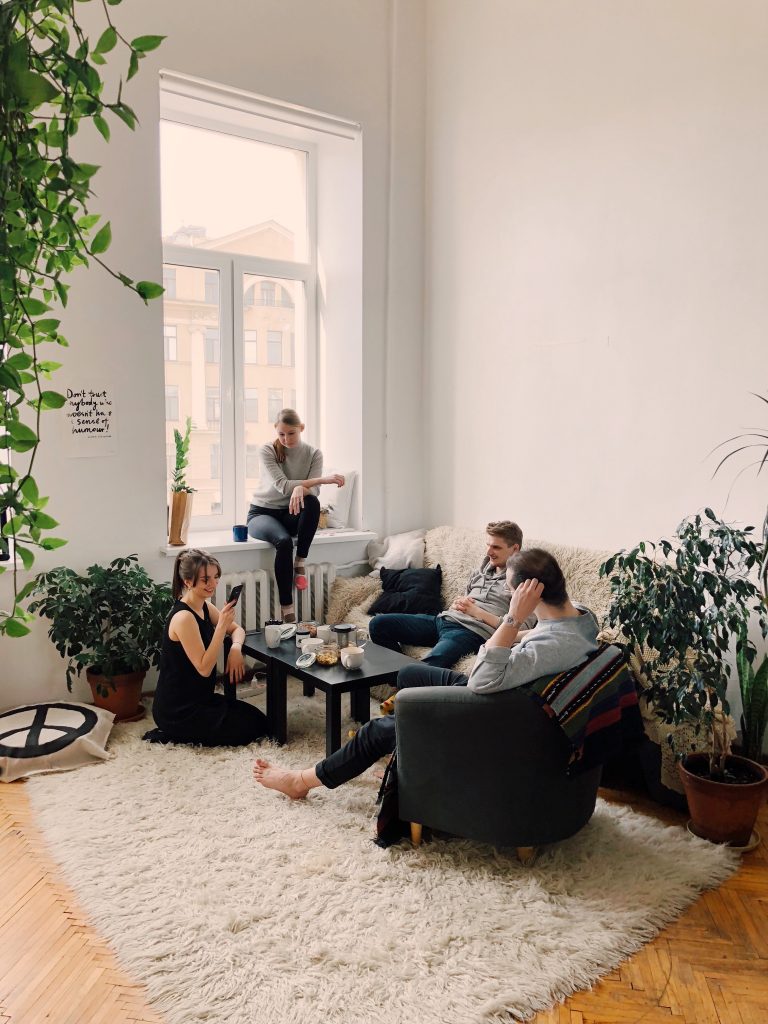Rodrigo Barrera Vivanco by México business
"A man’s home is his castle"
“A man’s home is his castle,” or so the saying goes, and in terms of the American Dream, it might actually be an understatement. However, homeownership is not particular to US residents. The innate human drive to buy something and call it your own, often presented as real estate dogma, is widely spread all over the world and Mexico is no exception.

Being a homeowner in Mexico is synonymous with progress. It is all about climbing the property ladder and is considered a key to social acceptance. Not having any land will taint you as a desposeido (dispossessed) and secure you pariah status. Not surprisingly, almost 70 percent of homes in Mexico are owned by their residents, whereas in Switzerland homeownership is only 38 percent.
A rough comparison of these two countries might raise the question of whether homeowner-based economies actually yield better results. But, in fact, many of the latest financial crises started in the housing market.
In its January 2020 report “Explaining the failures of the home-ownership dream,” The Economist states that “Homeownership has been the West’s biggest economic policy mistake.” This report also describes how market volatility goes hand in hand with homeownership rates and the unemployment cycle that normally follows. Homeownership is also claimed to limit urban growth to meet current housing needs as NIMBY (not-in-my-backyard) residents act against it in their own interest of restraining supply and benefiting from higher appreciation rates. The impact of overall housing costs related to planning rules in the US is 11 percent of GDP, up from 8 percent in the 1970s.
On the other hand, subsidized mortgage rates, tax benefits, and other public policies devised to stimulate homeownership are generally sustained on the promise of house value appreciation; however, buying a home cannot be defined as a sure bet in terms of ROI (Return on Investment).
When you buy a home, appreciation has to overcome ownership costs over time and depending on what kind of property you buy and how long you hold it, you might be better off paying rent. Overall, low-income housing built in satellite areas of Mexico’s main urban settlements have proven to yield negative rather than positive appreciation rates in real terms and produce negligible rental income. One of the main highlights of a study I conducted in 2017 on the Rental Housing Market in Mexico, mandated by the IADB, was that a young person who prematurely buys a home using a subsidized mortgage loan on average will lose US$25,000 versus the alternative of paying rent until the time is right to purchase a property with higher appreciation potential and that will be held for long enough. US$25,000 by Mexican standards is the lifetime savings of many households. In terms of climbing the property ladder, this would actually resemble a nasty sweep down.
As there is no golden rule that states that whatever place you choose to live at will be the best investment decision of your life, younger generations that live in highly changing circumstances and who qualify for a mortgage are thinking twice about whether they should own their place or pay rent and invest in more attractive property alternatives.
All in all, the idea of buying a home and locking in your lifetime payment capacity via a hefty mortgage has increasingly become a lackluster investment, giving rise to new paradigms of property ownership that are being quickly adopted with the current pandemic crisis.
Property ownership, rather than homeownership, increasingly is becoming a clearer choice as a way to build wealth through real estate equity as it entails the following benefits:
Still, we are far from becoming a property/non-homeowner-driven market. However, Mexico faces three formidable challenges that could be solved with the aid of property-ownership schemes:
So here is an idea: What if middle-income households could start allocating their disposable earnings to buy property from homebuilders that have an attractive product for the young unattended segment in the rental market.
As clear as this may sound, the market is still lagging behind this idea; however, COVID-19 and tech companies have started changing things.
Recently at HAMOC, we have partnered with several homebuilders and real estate agents to analyze their available home stock and select those units suitable to sell as “rent-outs,” which means that whoever buys the property will immediately put it out for rent, with HAMOC taking charge of its management and rental income assurance even when the units are vacant.
This proposal becomes even more attractive as people are no longer stuck with owning property close to where they live. They can choose the very best alternatives nationwide, with yields that are 50 percent or more above average. Also, with the help of visionary fintechs like Smartlending, there is the possibility to buy property with loans in co-ownership schemes that do not require a blood relationship among as many as eight co-owners, thus making the investment ticket extremely affordable. Well-known crowdfunding platforms like Briq are swaying toward home-rental yielding portfolios and will make the investment ticket even smaller. The benefits of acquiring and financing properties through REIT-like structures are enormous and no longer exclusive to institutional investors.
Hopefully, in the not-so-distant future, the scenario of paying rent and at the same time buying property rights with your disposable income capacity, while having a financial institution lend you an additional share to increase your investment, will not sound so wild.
Certainly, these are very exciting times to witness and partake in what will definitely change the way people own property. Behold the rise of the non-homeowners!
